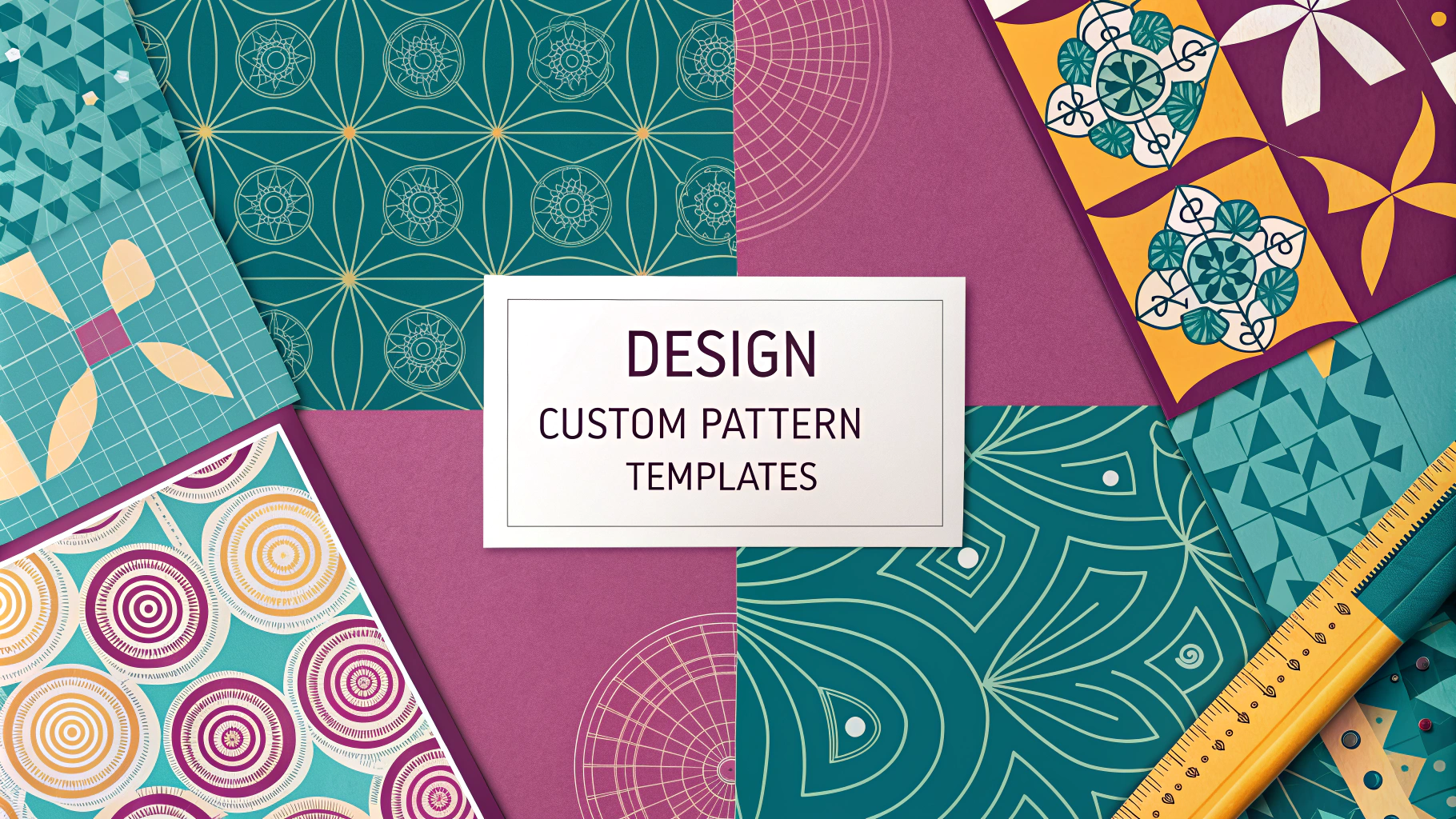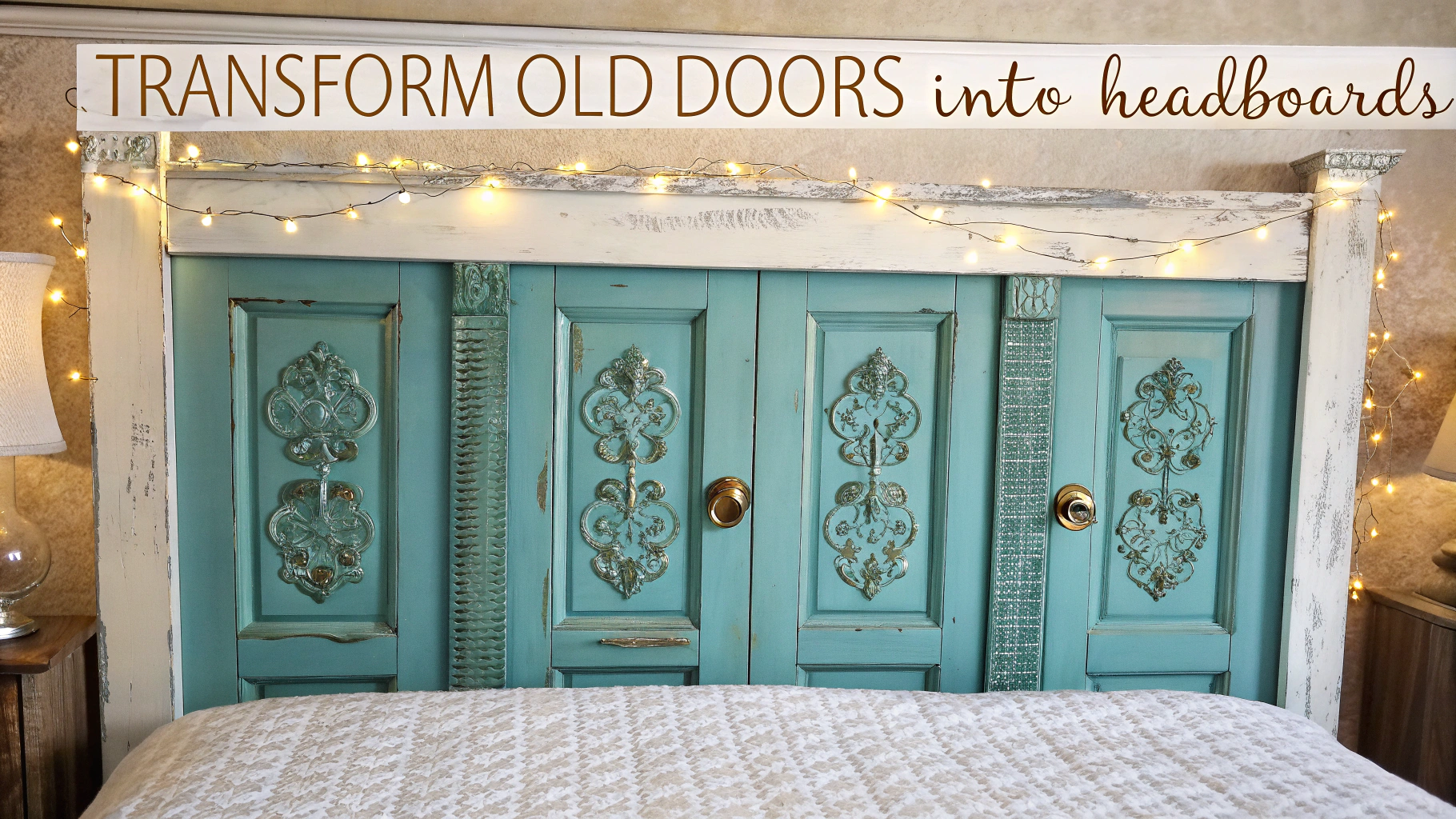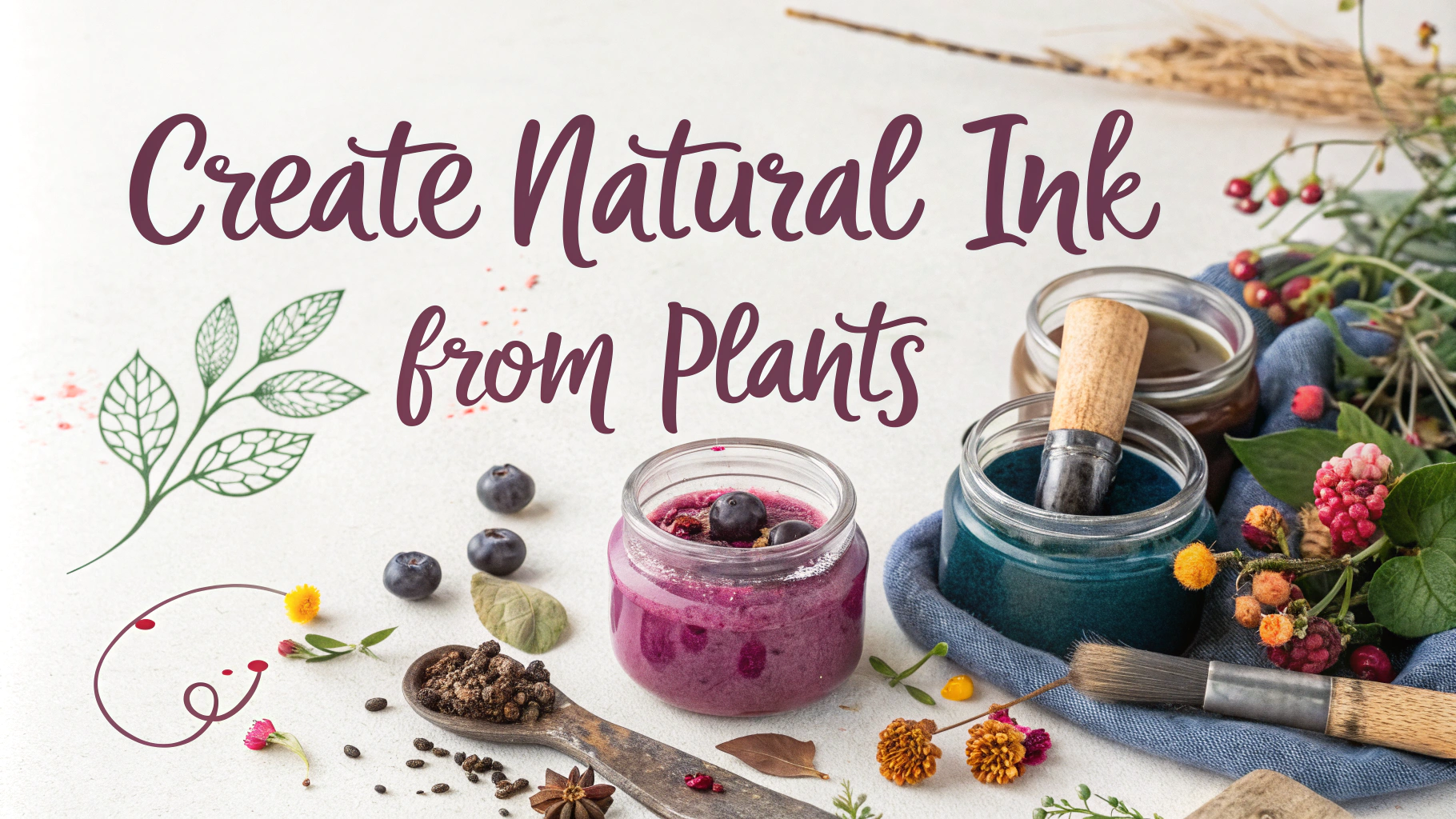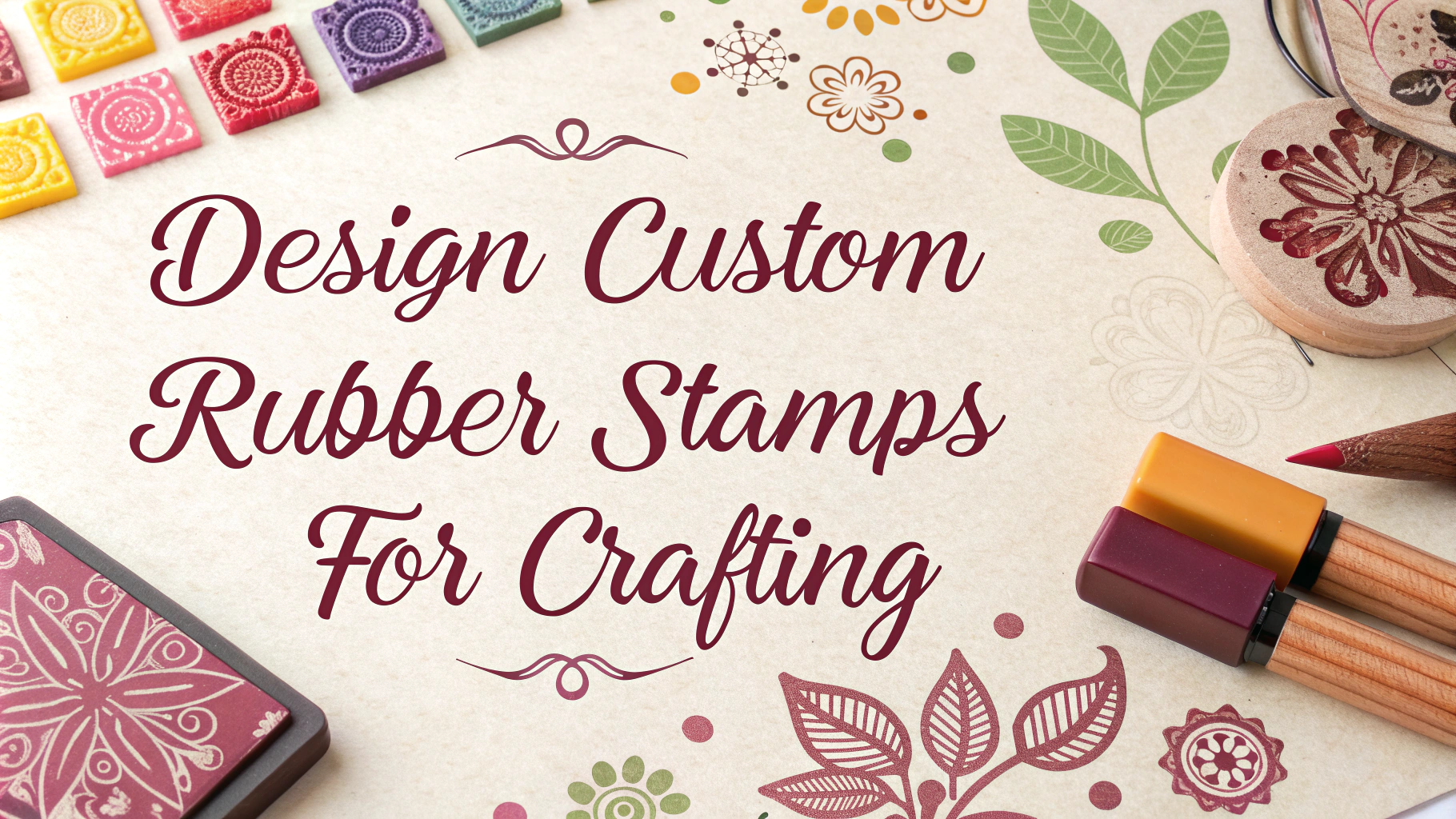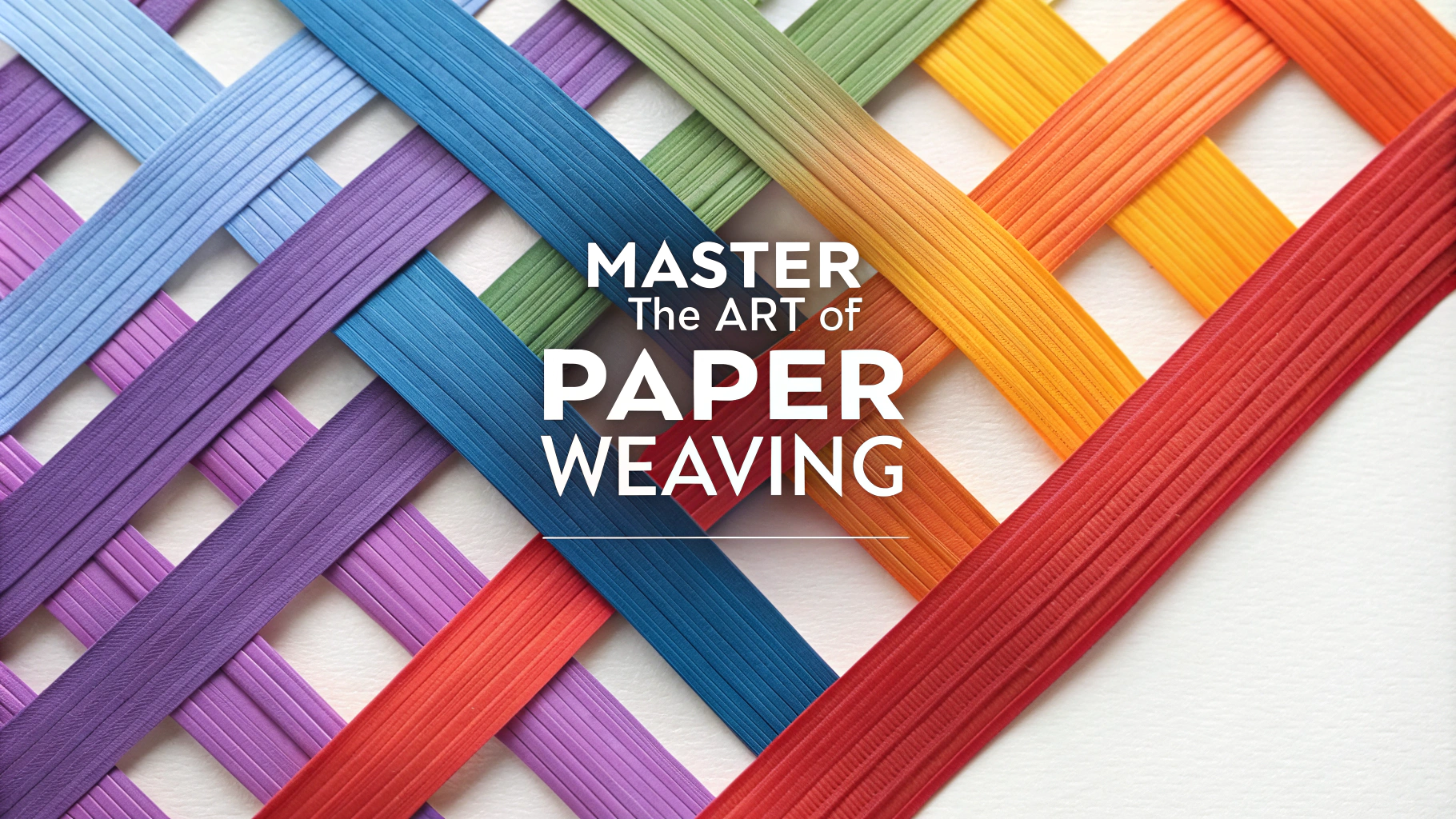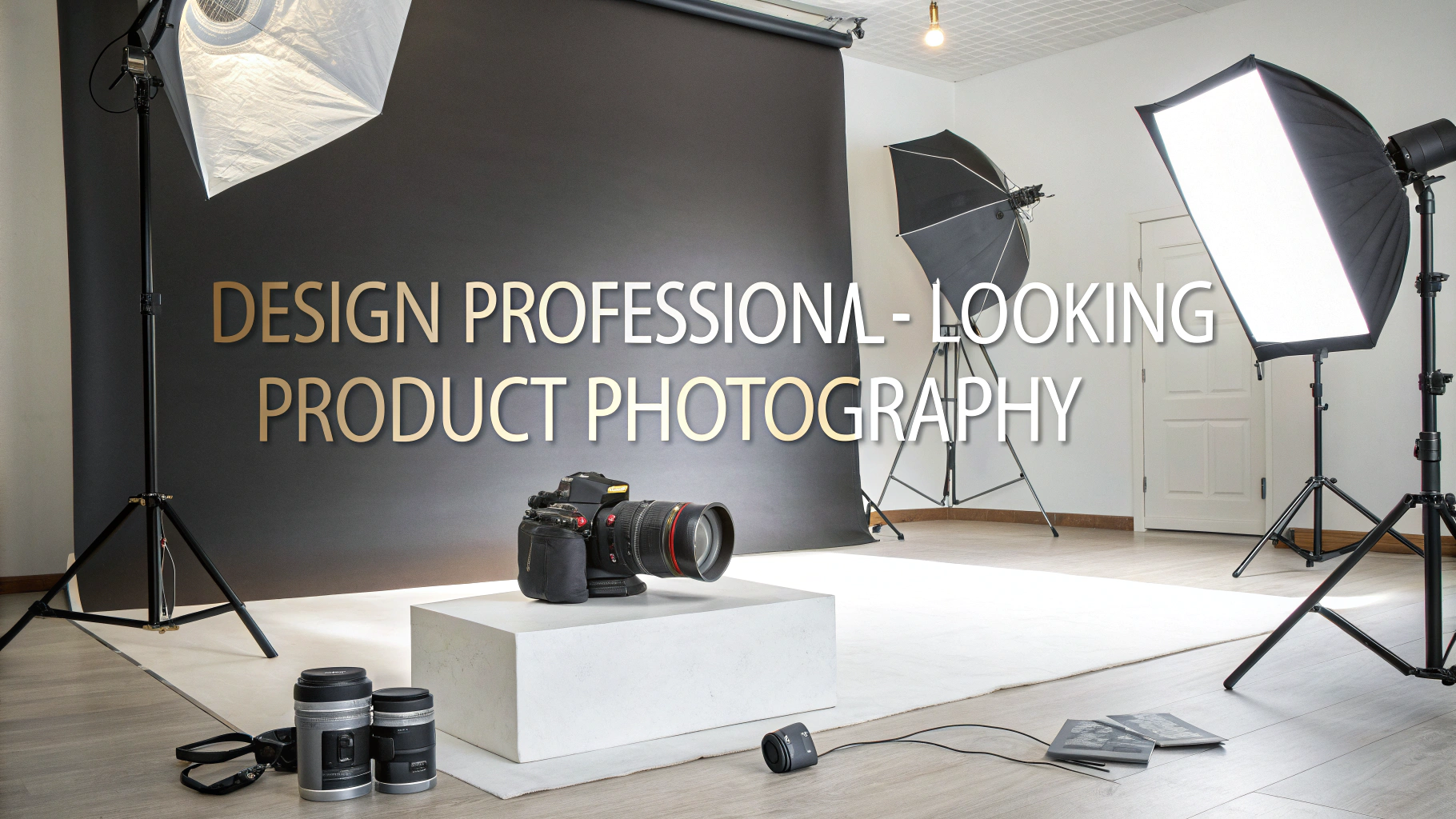Hand-building pottery offers a direct, tactile way to create ceramic pieces without needing a potter’s wheel.
Basic Hand-Building Methods
- Pinch Method – Forming vessels by pinching and shaping clay with your fingers
- Coil Building – Stacking and blending clay coils to build walls
- Slab Construction – Using flat sheets of clay to construct forms
Essential Tools
- Rolling pin or slab roller
- Scoring tool or needle tool
- Wooden paddle and rib tools
- Wire clay cutter
- Slip (clay and water mixture)
Getting Started with Pinch Pots
Begin with a ball of clay about the size of an orange.
- Press your thumb into the center, about halfway down
- Rotate the ball while pinching the walls between thumb and fingers
- Keep walls even thickness (about 1/4 inch)
- Smooth surfaces with wooden tools or fingers
Coil Building Technique
Roll clay into consistent ropes about 1/2 inch thick.
- Start with a flat base
- Score and slip where coils will connect
- Stack coils in desired form
- Blend coils together inside and out
Slab Building Steps
Roll clay to uniform thickness using guides (usually 1/4 inch).
- Cut slabs to desired shapes
- Score and slip joining edges
- Support joints while drying
- Smooth seams with wooden tools
Common Problems and Solutions
| Problem | Solution |
|---|---|
| Cracking during drying | Dry pieces slowly under plastic |
| Weak joints | Score deeper and use more slip |
| Uneven walls | Use thickness guides while building |
Drying and Firing Tips
- Let pieces dry slowly under loose plastic
- Rotate work during drying to ensure evenness
- Check for bone-dry state before firing
- First firing (bisque) to cone 06 (1830°F)
Contact your local pottery supply store or community college for classes and additional resources.
Advanced Hand-Building Techniques
Texture and Surface Treatment
- Impressing patterns with textured materials
- Carving designs with loop tools
- Adding relief elements and appliqué
- Creating depth with slip trailing
Combining Methods
Mix different techniques to create complex forms:
- Slab base with coil-built walls
- Pinch pot bodies with slab additions
- Textured slabs with coil reinforcement
Design Considerations
- Plan form and function before starting
- Consider weight distribution
- Allow for shrinkage during drying
- Design appropriate thickness for intended use
Conclusion
Hand-building ceramics provides endless creative possibilities for both beginners and experienced potters. Success comes through:
- Understanding basic techniques thoroughly
- Practicing consistent wall thickness
- Paying attention to proper joining methods
- Following correct drying procedures
- Maintaining patience through the process
Remember: Each piece is unique and skills improve with practice. Document your work and learn from both successes and failures.
FAQs
- What basic tools do I need to start hand-building pottery?
You’ll need clay, a rolling pin, scoring tools, wooden or rubber ribs, sponges, cutting wire, and basic carving tools. A smooth work surface and slip (liquid clay) are also essential. - What are the three main hand-building techniques for pottery?
The three primary techniques are pinch pot method, coil building, and slab construction. Each method can be used individually or combined to create various forms. - How do I properly store clay when I’m not using it?
Keep clay wrapped tightly in plastic, store in an airtight container, and maintain consistent moisture levels. Never let it freeze and keep it away from direct sunlight or heat sources. - What’s the best way to join two pieces of clay together?
Score (scratch) both surfaces to be joined, apply slip, then press firmly together. This creates a strong bond that prevents separation during drying and firing. - How can I prevent my hand-built pottery from cracking while drying?
Dry pieces slowly and evenly by covering with plastic and allowing gradual air exposure. Ensure even thickness throughout the piece and avoid drafts during drying. - What’s the ideal thickness for hand-built pottery?
Generally, maintain a thickness between 1/4 inch to 3/8 inch (6-10mm). Thicker pieces risk cracking during firing, while thinner pieces may be too fragile. - How do I know when my clay is ready to be fired?
Clay should be bone dry (completely white and room temperature to touch) before firing. This typically takes 3-7 days, depending on climate and thickness. - Can I mix different types of clay when hand-building?
It’s not recommended to mix different clay bodies as they may have different shrinkage rates and firing temperatures, which can lead to cracking or breakage. - How do I create texture on hand-built pieces?
Use texture tools, found objects, stamps, or natural materials to press patterns into the clay while it’s still soft. Textures should be added before the clay reaches leather-hard stage. - What’s the difference between hand-building and wheel throwing regarding skill development?
Hand-building typically has a gentler learning curve and requires less initial coordination than wheel throwing. It allows for more geometric and organic forms that might be difficult to achieve on a wheel.


